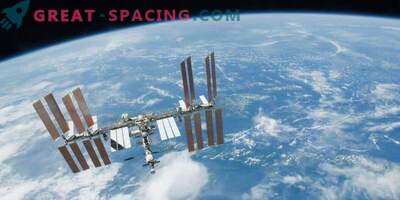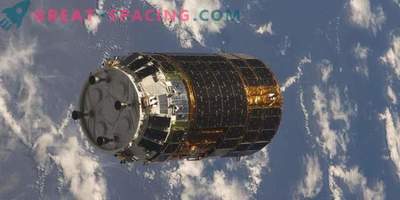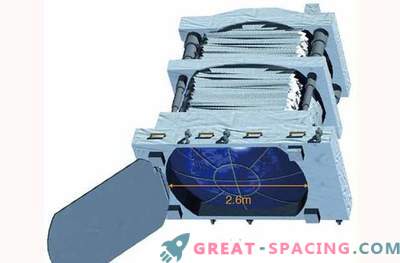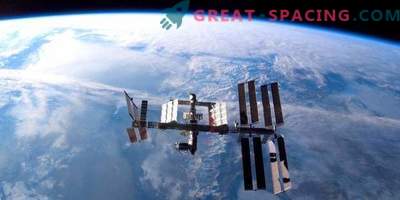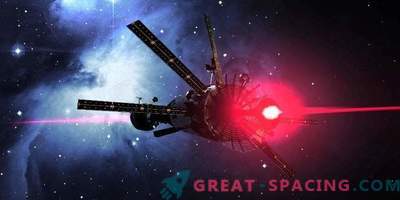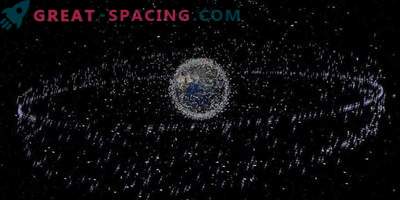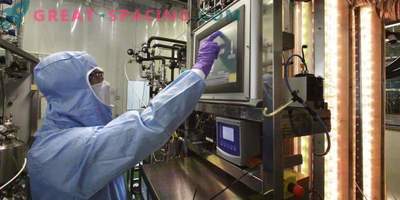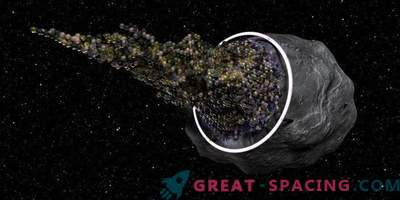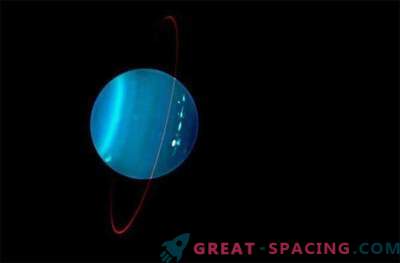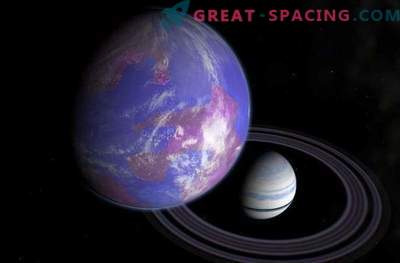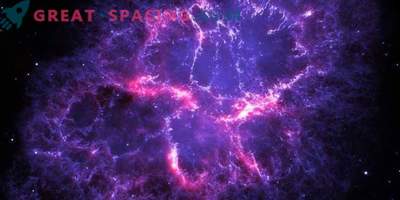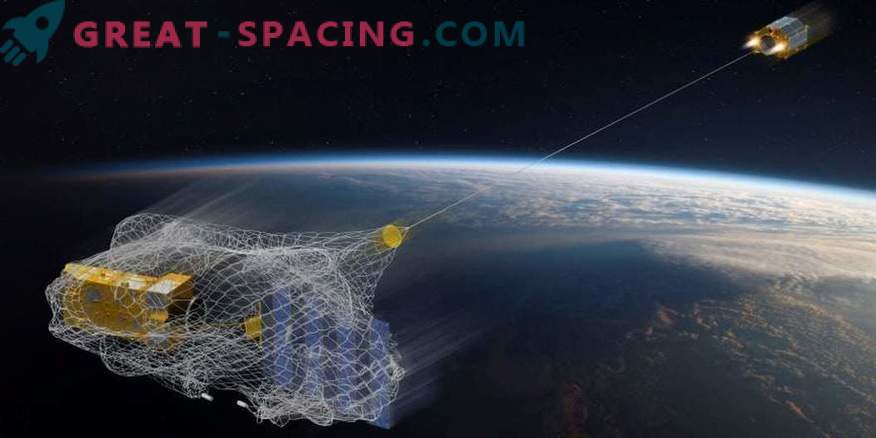
Life aboard the ISS is characterized by careful work and efficiency. The astronauts not only rely on 12 metric tons of items obtained during the supply, but also produce several metric tons of garbage. This garbage must be stored carefully so as not to accumulate, and then sent back to Earth in space vehicles.
This system works fine for the orbital station. But what about spacecraft going to long missions? They will not be able to deliver garbage to Earth. Therefore, NASA had to tackle the problem. For this, they turned to partners in the space sector to create the concept of a garbage compacting and processing system (TCPS). The call consisted in the formation of prototypes that can be tested on the ISS.
NASA's ultimate goal is to develop capabilities that allow missions to be independent of ground supplies. Thus, it is possible to improve the strategy of space exploration by man and expand the capabilities of space reconnaissance.
A serious problem is the storage of debris inside the spacecraft. He not only occupies a valuable place, but can also create physical and biological problems for the crew. Storing waste also means that remaining resources cannot be recycled. Therefore, they are looking for new ideas and technologies for TCPS, which are used for the next generation ships. For purposes of: (1) compacting debris to a suitable form for efficient long-term storage; (2) safe garbage handling to eliminate and / or reduce the risk of biological activity; (3) physical, geometric and biological stabilization of waste; (4) control of gaseous, water, and particulate matter. TCPS will be the first step towards the development and testing of a fully integrated unit for further exploration missions and future spacecraft.
The development will be carried out in two stages. In Phase A, the selected companies create the TCPS concept, conduct design reviews from NASA and confirm them in prototypes. At Stage B, a system will be prepared for transportation to the ISS, so the demonstration will not take place on board the station until 2022.
Companies do not have to start from scratch, because NASA has been working on this issue since the 1980s. For example, the last time they set up an experiment on thermal melting, which allows the recovery of residual water from cosmonaut waste. Now they are engaged in waste from gases, where it is possible to create methane from garbage for the production of rocket fuel.
